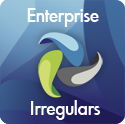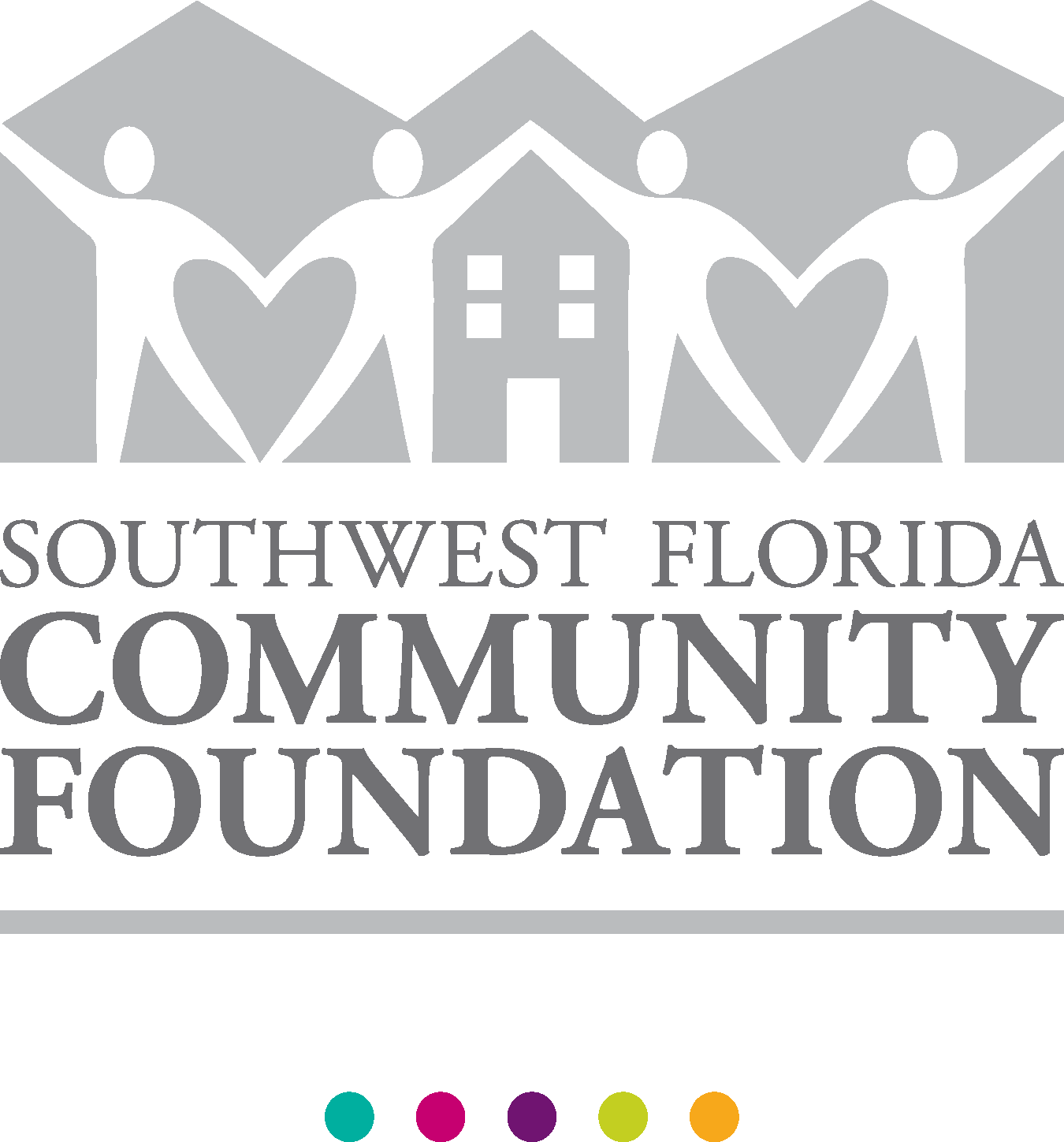About this time last year, I did a post entitled “Where Are The Snowdens Of Yesteryear: A Cautionary Tale” in which I told the tale of long-forgotten mainframe HRMS software brands whose death-knell was struck in the sea change from mainframe to client server computing that began, at least in the HRM software world, with the launch of PeopleSoft in 1987. It’s worth a reread because the history of computing generational sea changes is repeating itself — and with the same results in terms of creating a new crop of dinosaur brands and products. And yes, I plan to name names.
For the original “Snowdens of Yesteryear,” their brand names are well-known to those of us who witnessed their demise, first losing their status as momentum players and then, more slowly, being relegated to the extreme backrooms of the latest of late adopter end-users. But many of the readers of this blog weren’t yet living professionally at the intersection of HRM and IT from the launch of PeopleSoft in1987 until the “if it’s not really client server we’re not going to buy it” aha moment in the early 90’s, so do reread my earlier column as background for this one.
When our HRM software industry went from mainframe/green screen to client server computing, there were a lot of important technical changes happening, but there was not a major rethinking of the underlying HRM data design or processes. First mainframe and then client server computing were designed to improve the lives of HR/payroll/benefits folks and to reduce the administrative burden of data entry. None of the HRM client server products, including PeopleSoft, really stepped back to consider such important developments as the growing role of non-employee workers (aka vendor employees, contingent or contract workers), the central role of KSAOCs in any attempt to automate or improve strategic HRM processes, that a total compensation perspective was essential because a dollar spent on compensation or benefits was still a dollar spent, and the list goes on. And none of these early client server products were designed for employees or managers, let alone position seekers and every flavor of beneficiary, to use directly, let alone to use collaboratively or mobilely (is that even a word?).
In fact, so similar in data design and process were these new client server applications that, when the old Integral Systems, Dave Duffield’s company before he left to found PeopleSoft, sued PeopleSoft alleging misuse of trade secrets (or some such nonsense), PeopleSoft’s legal team (with help from a couple of industry pros, including me and Bill Kutik) was able to demonstrate that the similarities in data design and elsewhere between the shiny new PeopleSoft and the somewhat long in the tooth Integral could well be explained as simply representing then common industry practice. That’s right, the shiny new PeopleSoft had the same unmodeled, throw in everthing but the kitchen sink, and surround it with miles of procedural logic employee status code as did Integral’s mainframe HRMS (as well as Genesys, Cyborg, InSci, MSA, Tesseract, and all the others of that era). We won’t even talk about PeopleSoft’s complete lack of systemic effective-dating and having only the thinnest use of meta-data to reduce the extent to which business rules were buried through the miles of PeopleCode. PeopleSoft was visionary in its own way, and its marketing was masterful, but it was quite grounded in many of the same concepts about HRM and HRM data as were the earlier mainframe HRMSs.
As we move from that first client server era right into the cloud, there’s a lot more going on than may be obvious. The entire basis of software development has changed, from writing those miles of procedural code, whatever the language, however elegant the code and whatever the success of agile development processes, to developing proper object models of the domain and letting those models drive the development, ideally directly. And those proper object models (dare I mention that many of them are using my own IP as an input?), really do represent a rethinking of HRM for the 21st century. Add in embedded intelligence, collaborative HRM processes, entirely mobile applications, and more, and it becomes very obvious very quickly that this isn’t just about having vendors host their own software and subscribe it on a usage basis.
Unfortunately, many current HRM software vendors don’t have the resources, vision and/or talent to rethink and rearchitect their products. Some are trying to take older concepts of HRM and older HRM software (e.g. single tenant, without adequate configuration capabilities, and written procedurally rather than making extensive use of meta-data or even definitional development to extricate business rules from the code) that was never built for the cloud, and reposition it as SaaS just as those mainframe vendors of yesteryear tried to mimic client server with screen-scraping and various other clumsy immitations. Some of the largest, most successful vendors have undertaken a variety of parallel but don’t cannabalize the installed base approaches, and some of these may well succeed IF their vendors are willing to take the necessary financial hit when their licensed/on-premise cash cow clients opt into better fit HRM SaaS InFullBloom platforms from them or others. While we can all understand the challenge of backward compatibility faced by successful vendors when they realize the need to make a discontinuous leap in order to remain momentum players in a new generation of computing, weighing too heavily the importance of backward compatibility can hobble that vendor’s future.
We can already identify the well-respected, widely installed (so unlikely to disappear any time soon) HRM client server Snowdens of Yesteryear — SAP’s BS HCM 7.x, Oracle’s EBS HCM 12.x, PeopleSoft HCM 9.x, Lawson HCM and many more lesser brands. These products are still sold, supported and being enhanced by their vendors, customers are still upgrading and being upsold additional modules, and real efforts are being made by these vendors to bring these products into a more social, mobile, and cloudy world. But in the very DNA of these products are the seeds of their eventual demise. The future for Oracle HCM is announced, and it’s Fusion HCM. The future for SAP HCM is not so obviously announced, but I believe it will be an evolution of the architecture of Business ByDesign. Lawson has a more recently architected/developed HCM, but it was architected for a licensed/on-premise or single tenant hosted world, and Mr. Debes, Lawson’s CEO, is opposed on the record to true SaaS. Among the smaller, HCM-only software vendors, one doubts that the Spectrums and PDSs will cross the chasm to true SaaS, and their installed bases may be entirely happy to sit this one out. But then such firms were never momentum players. What will be really interesting is whether or not some of today’s big name talent management suite vendors, especially the ones with known architectural challenges when it comes to SaaS InFullBloom, will be able to bring new product to market fast enough to survive the consolidation of that segment of the market when pricing pressures and architecturally-delivered capabilities from those with true SaaS drown those without.
I may not be professionally active when the next generational sea change occurs in our industry. When, in ten or fifteen years, we begin the next great leap from HRM SaaS InFullBloom to whatever comes next, I may well be past my career expiry date. But I didn’t want to let the current generational turn go by without using the experience from that last such change to inform my thinking about what’s happening right now. If you’re an end-user, it’s just as important as it always was to know where you fit on the adoption curve, not only for new technology but also for new/current thinking about HRM, and to choose vendors who are a good fit for you along that curve. If you’re trying to make a career for yourself within the HCM vendor community, it’s usually best to go with one of the momentum players if you’ve got the right KSAOCs to get in and the right lifestyle to stay in. Never a dull moment at the corner of HRM and IT.
The wonderful illustration above is the cover of a children’s book, complete with holograms, entitled: ” A Night In The Dinosaur Graveyard: A Prehistoric Ghost Story With Ten Spooky Holograms” which is available here from www.Amazon.com . The illustrator is Wayne Anderson .







[…] pioneer who would take our industry from the mainframe to the client server era, a change that left those vendors unable to make the leap fast enough stuck with essentially unsaleable products. That shift from […]
[…] example of such a disruption was the coming to market of PeopleSoft in the late 80′s, after which all of the dominant mainframe-era HRM enterprise software vendors went into irreversible declines. Another great disruption was the impact on job boards of the […]
[…] would you explain the many companies still running my Snowdons of Yesteryear (and clinging to the next generation of Snowdons) under cover of […]
[…] late last year (December 2010), I wrote again on this subject, but this time I was describing how much of today’s most widely implemented, client server […]
[…] This post was mentioned on Twitter by Naomi Bloom and Naomi Bloom, Jon Reed. Jon Reed said: #news Snowdons Of Yesteryear: History Is Repeating Itself http://dlvr.it/BFnd1 (via @jonerp) […]